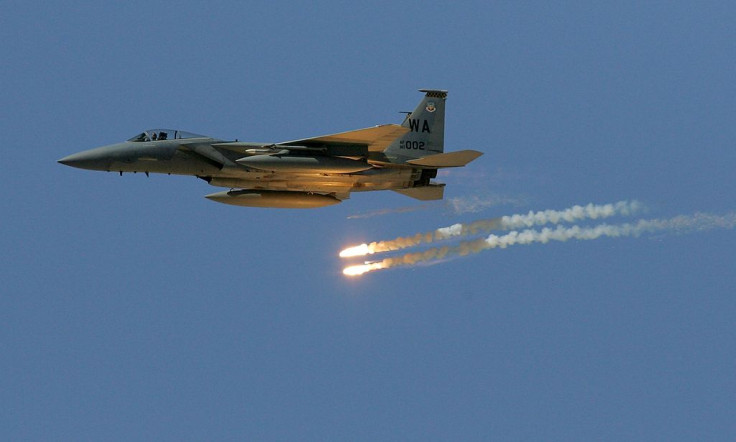US Air Force plans to plasma bomb skies using tiny satellites to improve radio reception
The project is currently in the first phase where researchers are still planning the best approach.

The US Air Force (USAF) is considering to improve radio communication by directly seeding the ionosphere with plasma. The upper atmosphere will have plasma bombs detonated in it using a fleet of micro satellites. The project is expected to improve radio communication especially over long distances.
For the initiative the USAF has chosen three teams for research and sketching out different approaches out of which the best proposal will be selected. Then, there will be a second phase where the theory will be put to use with plasma generators being tested in vacuum chambers and exploratory space flights.
The project is at a preliminary stage at the moment and it is not assured that the USAF will succeed in this venture a 100%. "These are really early-stage projects, representing the boundaries of plasma research into ionosphere modification," says John Kline, lead of the Plasma Engineering group at Research Support Instruments in Hopewell, New Jersey. "One of the biggest stumbling blocks will be packing enough power to generate plasma on to small satellites. It may be an insurmountable challenge," he says.
The curve-like shape of the Earth stops most ground-based radio signals travelling more than 70km if not supported by a boost. The USAF wants to add plasma to the atmosphere using small CubeSats which can help these signals bounce between the ionosphere and the ground and thus help them zigzag for much greater distances.
© Copyright IBTimes 2025. All rights reserved.





















